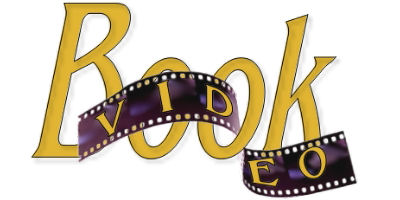
Ginger Garrett is an expert on biblical women and the role beauty has played in women’s lives throughout time and culture. She is the author of several critically acclaimed books. Ginger’s first novel, Chosen: The Lost Diaries of Queen Esther, was a finalist for the Christian Book Award, recognizing it as one of the top five inspirational novels for 2006. Ginger was also nominated for the Georgia Author of the Year Award for her novel Dark Hour. Her popular nonfiction Beauty Secrets of the Bible reveals how biblical women viewed beauty and the natural foods, perfumes and cosmetics that complemented their spiritual beauty. In September 2008, Ginger released In the Shadow of Lions, the first of a three-part fiction series from David C. Cook. You can watch Ginger’s special YouTube release for the book at this LINK. Ginger is a popular speaker at women’s events, and a frequent radio and television guest. Ginger has been interviewed by media across the country including Fox News, The New York Times, FamilyNet Television, National Public Radio, Billy Graham’s Hour of Decision, Harvest Television, and more. |
|
Making a Trailer Work for You |
 Author Interview: In the Shadow of LionsHow to Give a Medieval Feast |
I have two trailers running on YouTube for my new novel, In the Shadow of Lions. Both are quite different and have served different purposes. Let me tell you why I did mine, and confess what I regret. First, book trailers are really just extensions of the cover, and the goal of any cover is to get readers to pick up the book, buy it, and read it. Unless the trailer is running on the point-of-purchase site, the marketing impact is diminished. Readers will have to go somewhere else, either online or in person, to purchase the book. Asking readers to do anything extra risks losing the sale. Placing your trailer “far away” from the cash register gives your readers too many chances for distraction and thinking of other ways to spend their money. If you begin to think of your trailer as an extension of the cover, you’ll also begin to understand the difficulty of making a trailer work for you. As authors, much of our marketing time is spent getting readers to notice the cover. If your trailer is only an extension of your cover, you’re stuck with the same marketing dilemma: how to get the trailer in front of readers. There’s no guarantee that anyone will see your trailer unless you make a plan to create traffic. Loading it on your site isn’t enough. For a trailer to be especially effective, it should be drawing new readers to the book. If the trailer is available only on your site, it’s not pulling its weight. After all, if a reader has taken the time to visit your site, they’re already interested in you and your work. Spending a chunk of change to create a trailer might not bring a good return on your investment. The reader is very close to the cash register and will probably buy your book even without a trailer. Consider how to tweak the trailer’s message and content so that it can be used in multiple ways and attract a new audience. I’ve seen mine used by the publisher’s sales force during meetings with key accounts. A trailer offers something a bit different and fresh, and is a welcome tool for the sales people to help place your book in stores. This same trailer can also be used as part of your publicity package. I created an “author interview,” which was uploaded to the sales force and to media. However, the most effective way I’ve used my trailers is to incorporate my research and expertise in a way that benefits the viewer, regardless of whether they buy the book. Since my series will revolve around medieval women, I created a video called “How to Host a Medieval Feast.” This has brought traffic from medievalists, Renaissance festival devotees, homeschoolers, and cooks. It’s even gotten consideration from lifestyle shows for on-air segments. The video led to a smart “medieval marketing” package designed by the publisher for use with book clubs all across the country. Not only do my loyal fans enjoy the video, but also it’s opened a whole new audience to my work. If you’re considering doing a trailer, define its target audience, where it will be placed, and how you will drive traffic to the video. These three points will help you create a video that will be more than eye candy. It will be a marketing tool with a long shelf life, one that draws readers to your work long after the sales campaign has ended. |







